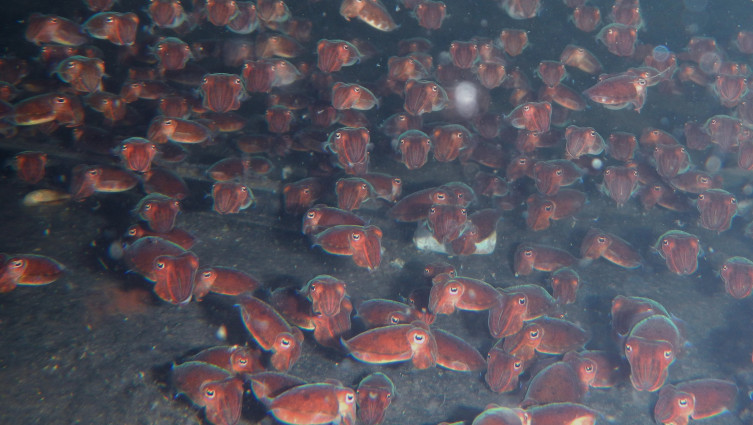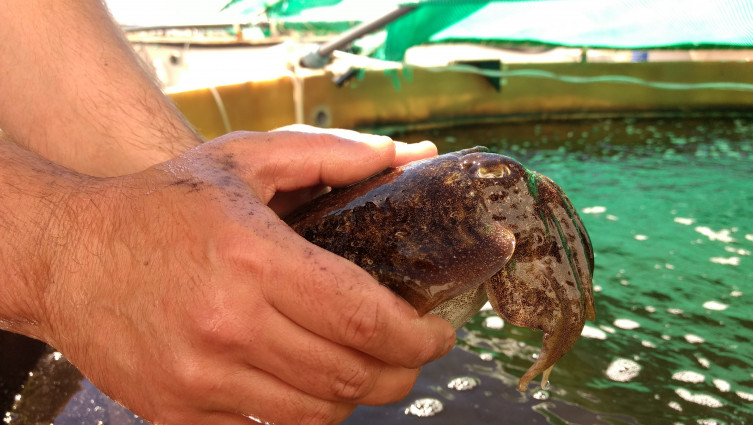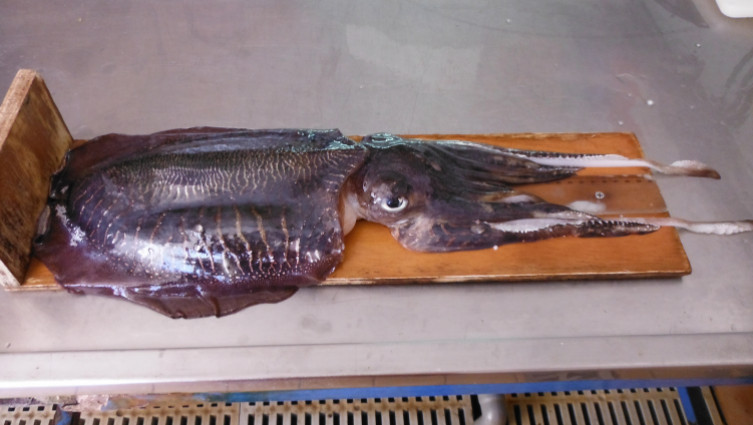Spotlight: Cuttlefish Zootechnology Control Improved Productivity to Pre-Industrial
The SEPIABREED project of the FBH group of CCMAR and the University of the Algarve has recently published an article on cephalopods and their possible costs in captivity. Our researchers, Juan Carlos Capaz (lead author), José P. Andrade and António Sykes are part of the authorship of this article entitled "Control of Zootechnology Leads to Improved Cuttlefish (Sepia officinalis, L.) Reproduction Performance up to Pre-industrial Levels". The scientific paper has been published in the renowned magazine Frontiers in Marine Science.
What is the overall context in which this research was developed?
Cephalopods are gaining momentum as an alternative group for aquaculture species diversification, in scientific research and also in commercial perspective, but some bottlenecks were restraining the transition of culture technology from the laboratory to industry. We intend to verify the effects of tanks (different bottom areas/volumes), sex ratios and food cost (natural frozen diet) associated with such performance, in welfare conditions for optimization of the reproduction performance of S. officinalis breeding stocks.
What are the main scientific advances/opportunities that this research brings?
Scientifically, this research evidence and consolidate the technical-practical methodology of growing cuttlefish under optimal conditions, aiming to achieve the best reproductive performance and consequently their productivity increase in quantity and quality. It also allows the possibility of behavioural studies in captivity, creation or implementation of new guidelines for cephalopods welfare, improvement of the study of sexual ratios impact, but also, the monetary gross costs associated with this methodology.
What extent does this research contribute to society and/or business?
This study could allow the aquaculture industry a new perspective on these animals and their possible costs in captivity, in order to establish a sustainable pre-industrial aquaculture branch for the producer, providing the market and consumers a wide range of sizes of these animals of high commercial value and rapid growth, and products such as cuttlefish bone and ink, for other purposes and markets. It may also allow a reduction in fishing pressure on this natural marine resource.
You can read the full article HERE.






